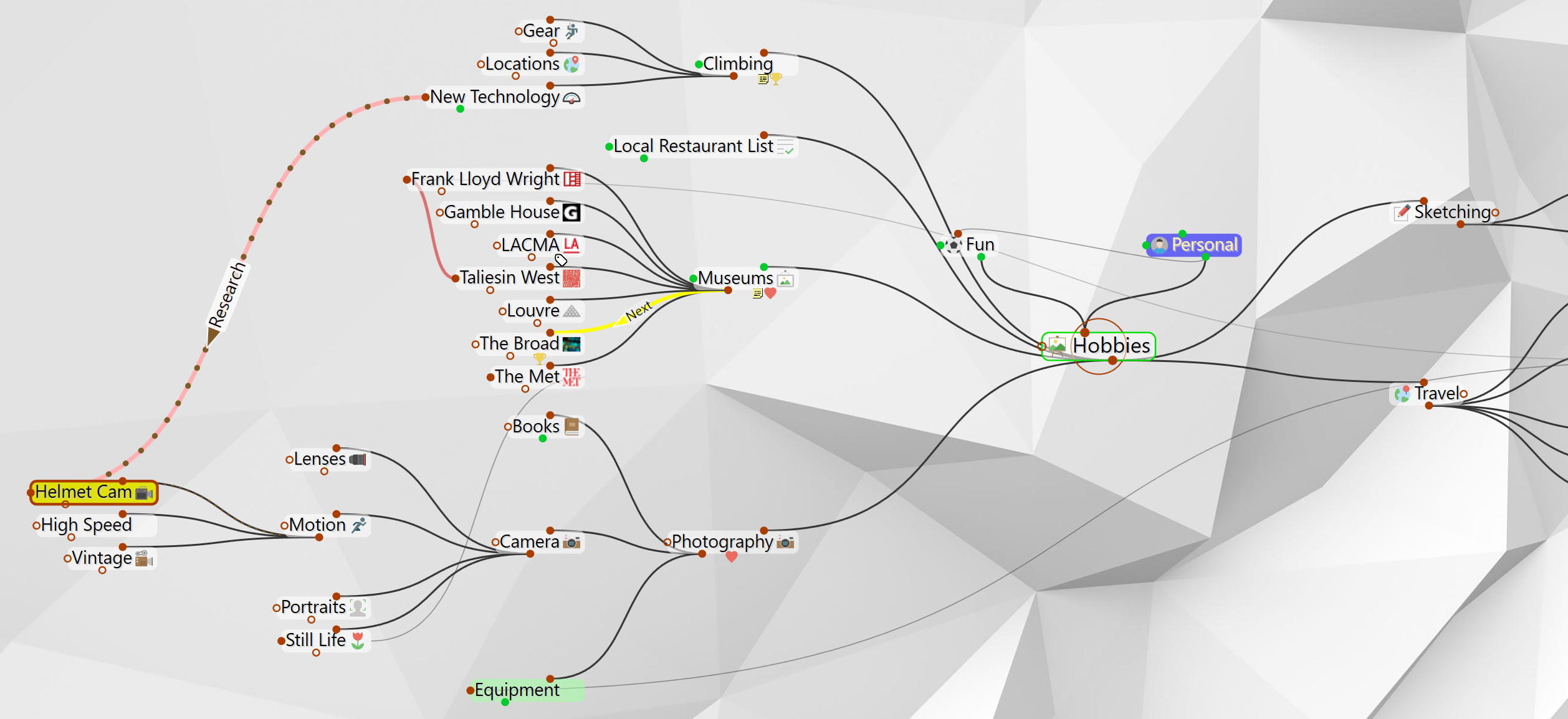

BDNF splicing has been described for several species, including humans ( Liu et al., 2005), mice ( Hayes et al., 1997), and rats ( Timmusk et al., 1993).

There have been identified at least four BDNF promoters in the rat ( Timmusk et al., 1993), each one driving the transcription of mRNAs that contain one of the 8 non-coding exons spliced to the common 30 coding exons, which produce an heterogeneous population of BDNF transcripts. Transcription is controlled by multiple promoters that determine activity-dependent and tissue specific expression ( Timmusk et al., 1993 Chen et al., 2003). The presence of a complex multi-level regulation demonstrates the importance and diversity of BDNF functions. The expression of BDNF is regulated during transcription and translation, and also by post-translational modifications. In the adult brain, BDNF also maintains high expression levels and regulates both excitatory and inhibitory synaptic transmission and activity-dependent plasticity ( Tyler et al., 2002 Wardle and Poo, 2003).

The brain derived neurotrophic factor (BDNF) belongs to a family of neurotrophins that have a crucial role in survival and differentiation of neuronal populations during development ( Huang and Reichardt, 2001). We propose that, although BDNF may not be a valid biomarker for neurodegenerative/neuropsychiatric diseases because of its disregulation common to many pathological conditions, it could be thought of as a marker that specifically relates to the occurrence and/or progression of the mnemonic symptoms that are common to many pathological conditions.īDNF: A Dynamically Regulated Player in Synaptic Plasticity and Memory In this review, we will describe studies from rodents and humans to bring together research on how BDNF expression is regulated, how this expression changes in the pathological brain and also exciting work on how interventions known to enhance this neurotrophin could have clinical relevance. Some interventions like exercise or antidepressant administration enhance the expression of BDNF in normal and pathological conditions. Changes in BDNF expression are associated with both normal and pathological aging and also psychiatric disease, in particular in structures important for memory processes such as the hippocampus and parahippocampal areas. The expression of BDNF is highly regulated, and can lead to great variability in BDNF levels in healthy subjects.

Brain Derived Neurotrophic Factor (BDNF) is a key molecule involved in plastic changes related to learning and memory.


 0 kommentar(er)
0 kommentar(er)
